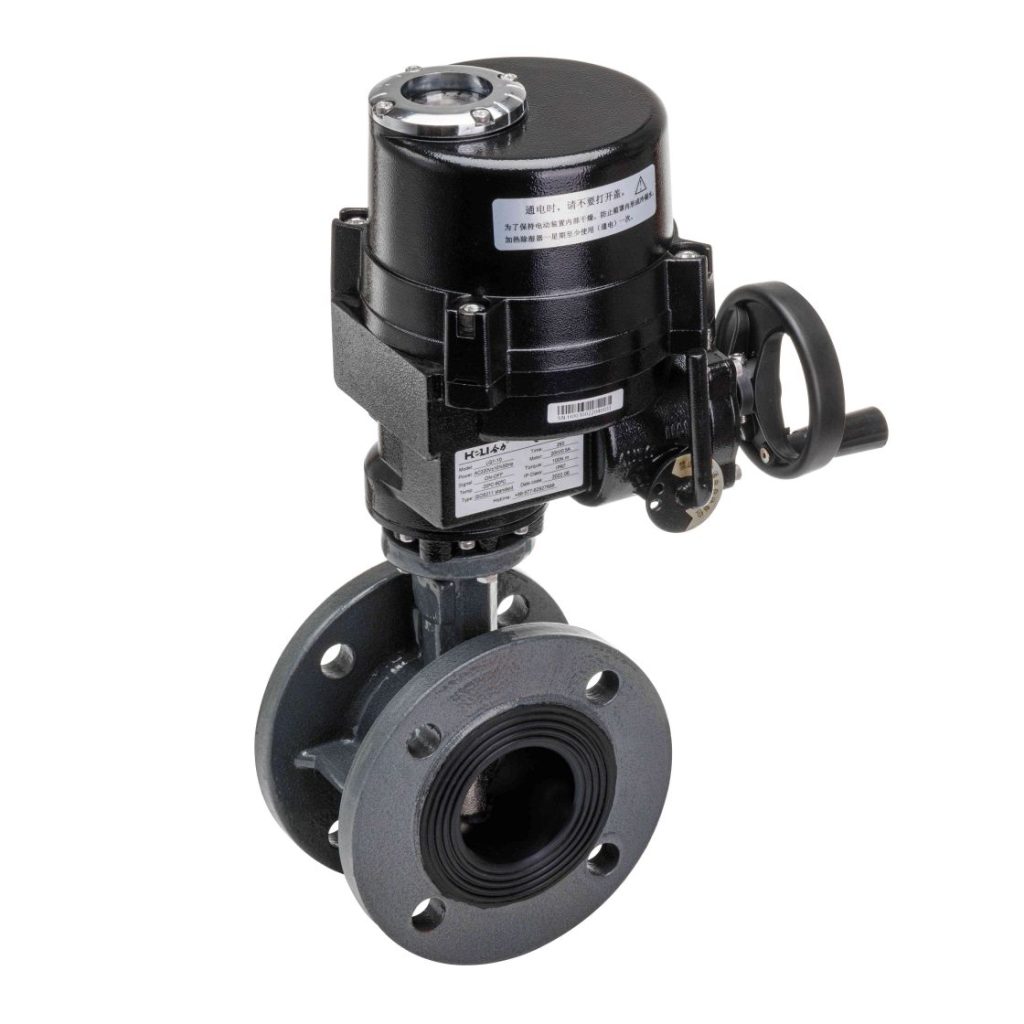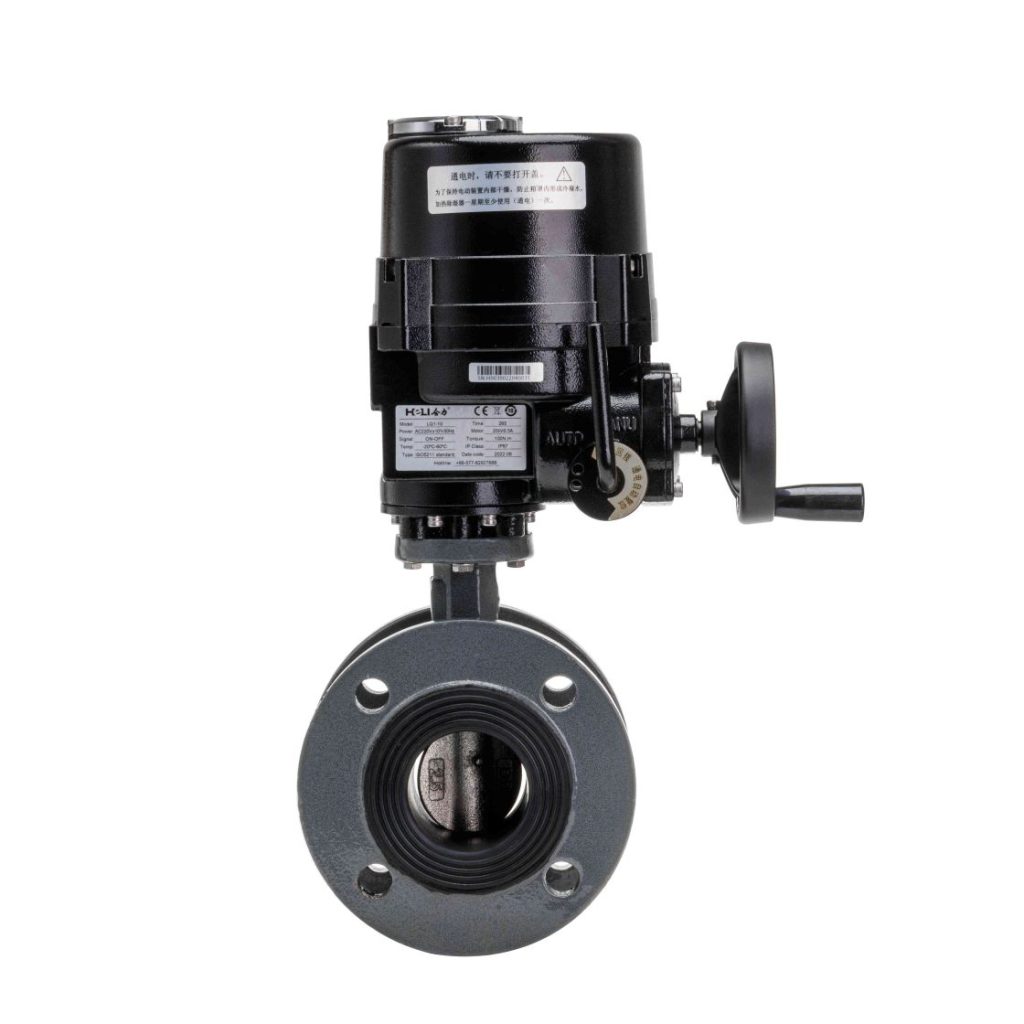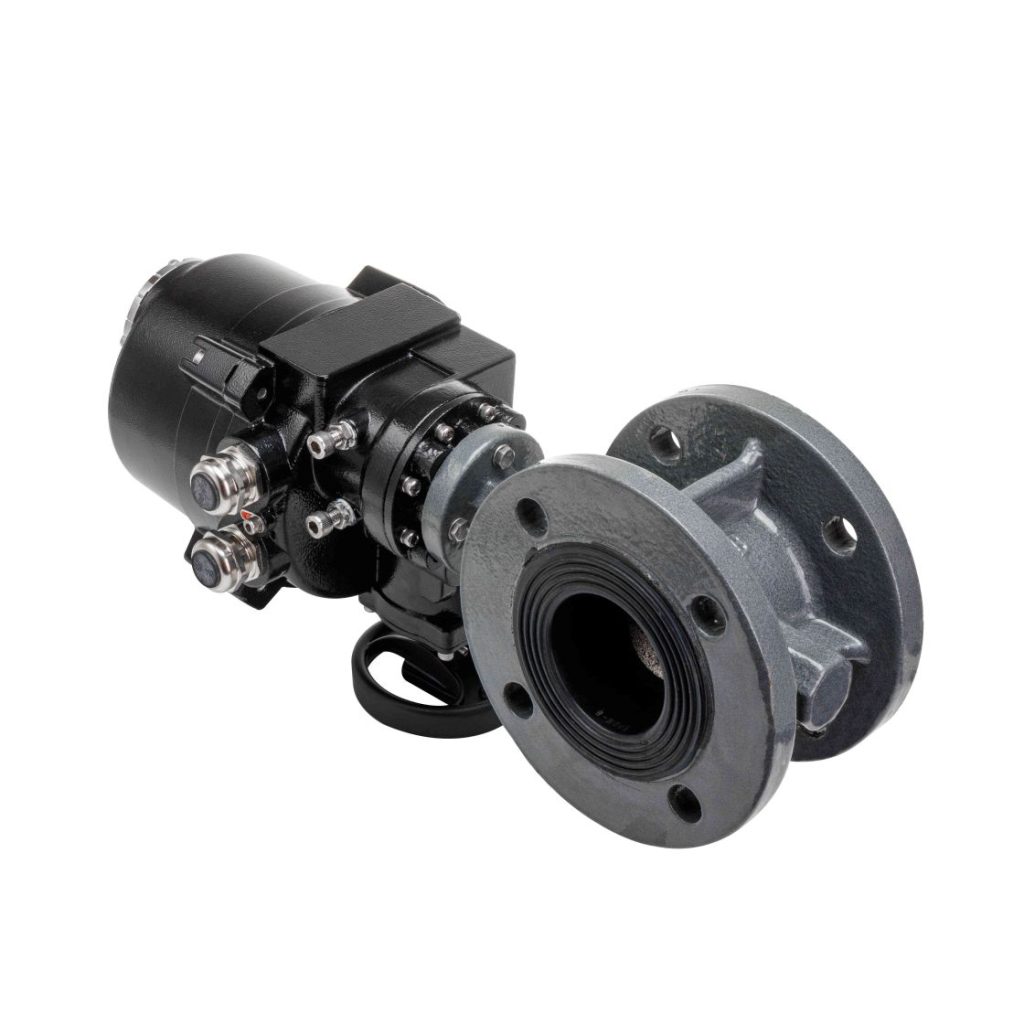Electric ball valves have become an integral part of modern industrial control systems, providing a reliable, efficient, and automated solution for regulating the flow of fluids and gases. Whether used in the HVAC systems, water treatment plants, or chemical industries, electric ball valves offer precise control over fluid flow, contributing to enhanced operational efficiency and safety. In this article, we will explore the design, working principle, benefits, applications, and considerations when using electric ball valves.

What is an Electric Ball Valve?

An electric ball valve is a type of valve that uses an electric actuator to control the rotation of a ball with a hole through its center. The rotation of the ball allows or stops the flow of fluid through the pipe, making it ideal for quick on/off control. The electric actuator converts electrical energy into mechanical energy, turning the valve’s handle or stem, which rotates the ball inside the valve body. The electric actuator can be powered by various sources, such as 24V DC, 220V AC, or even solar energy, depending on the application. These actuators are typically controlled by a PLC (Programmable Logic Controller) or DCS (Distributed Control System), enabling automated operations and remote control in industrial environments.
